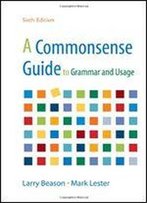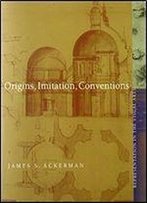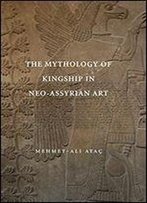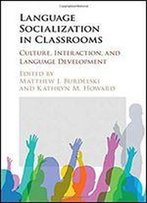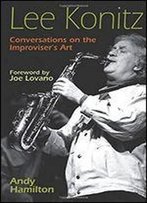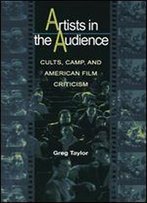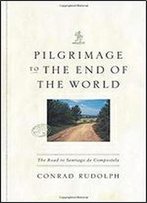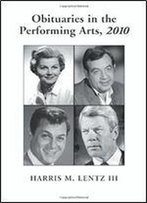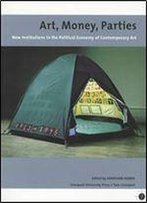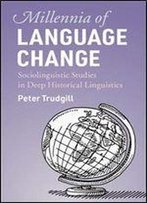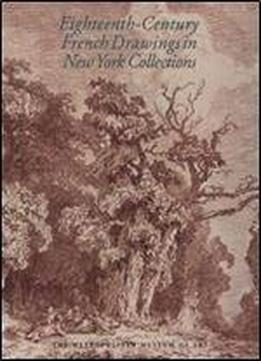
Eighteenth-century French Drawings In New York Collections
by Perrin Stein /
2013 / French / PDF
51.6 MB Download
Drawings by acknowledged masters and lesser-known artists and a broad range of subject matter characterize the 243 sheets reproduced in this volume.
"The first dream, the first germ, the first conception" was how in 1894 the renowned connoisseur Philippe de Chennevires, whose celebrated collection of drawings numbered in the thousands, chose to describe the essence and appeal of this medium. For this nineteenth-century French aesthete, only a small number of refined individuals had a true appreciation of these highly personal jottings and studies. Since his time, however, the ranks of connoisseurs of eighteenth-century French drawings have grown steadily, not only in France but in the United States as well.
The Enlightenment in France was marked by progress and innovation in virtually every area of intellectual and artistic endeavor. With the influential writings of Voltaire and Rousseau and the political challenges that led to the overthrow of the Bourbon monarchy and the founding of the French Republic, the eighteenth century is often seen as laying the foundations of the modern era. The far-reaching intellectual and cultural aspirations of the eighteenth century found one form of expression in the draftsmanship of the age. In a period that valued inspiration over rote, drawingperhaps more than any other artistic mediumembodied the creative impulse. Painters, sculptors, and printmakers were attracted to the medium of drawing, not just for its practical utility but as a vehicle for the expression of individual genius.
Arranged chronologically and thematically, Eighteenth-Century French Drawings in New York Collections traces the expansion of the Rococo style through the accomplishments of its most brilliant practitioners and through its gradual displacement by the more spartan Neoclassical idiom, which accelerated during the political upheaval of the Revolution and its aftermath. An intimate window into the creative process, the medium of drawing in the eighteenth century gained a devoted following of connoisseurs who began to collect, document, and treasure the graphic output of their contemporaries, a pursuit carried on through the centuries and continued with enthusiasm by public institutions and private collectors in New York today. This volume, and the exhibition for which it serves as the catalogue, attempts to strike a balance between a broad representation of the acknowledged masters of the periodWatteau, Boucher, Natoire, Fragonard, Robert, Greuzeand talented but lesser-known artists, including Doyen, Drouais, and Isabey. The one hundred sheets included, many of them previously unpublished, present a broad range of subjectsfrom genre, still life, and portraiture to studies for history paintingand are drawn from the holdings of The Metropolitan Museum of Art, Pierpont Morgan Library, Cooper-Hewitt Museum (Smithsonian Institution), The Frick Collection, and twenty-seven private collections.
s
